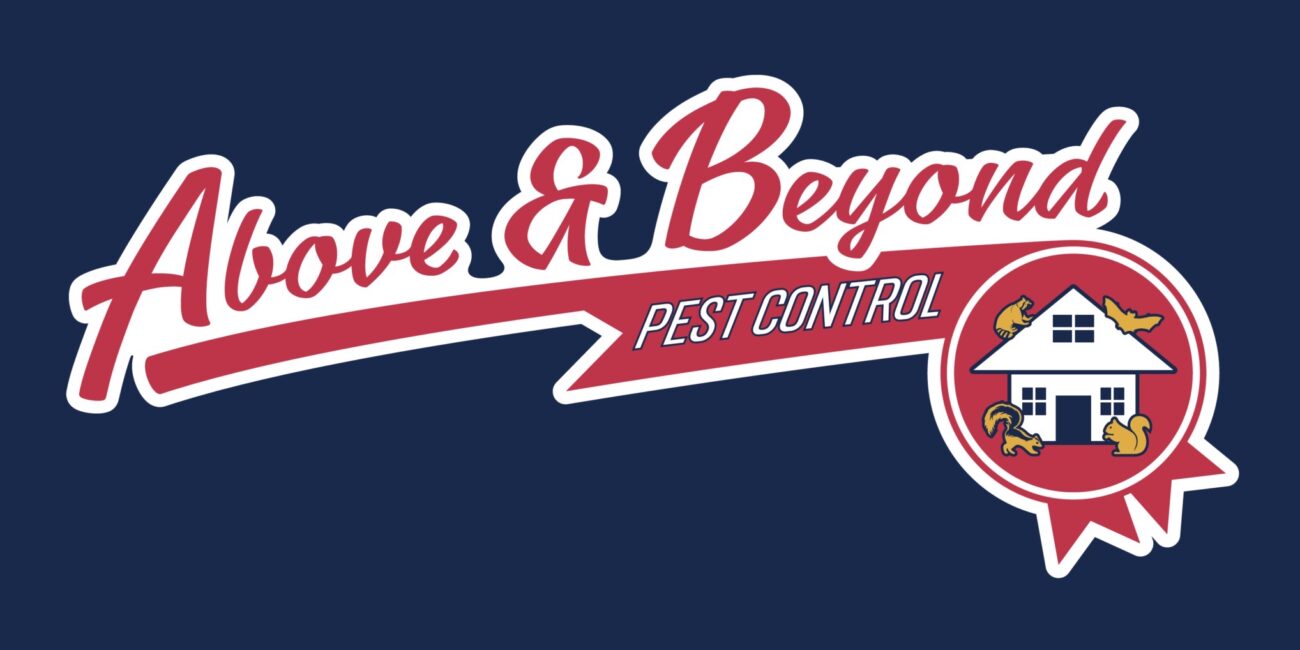Author: aboveandbeyondpest
What Attracts Raccoons to Your Home? Raccoons are intelligent and resourceful mammals that have adapted well to urban and suburban environments. Their ability to locate food, water, and shelter near human dwellings has helped them thrive close to people. Understanding what attracts raccoons is essential for effective pest control and wildliferemoval. A mix of […]
Effective pest control is vital for commercial properties to maintain a healthy environment and protect profits. Learn strategies that ensure long-term success.
Uncover the fascinating nocturnal habits of raccoons and learn about their unique behaviors. Gain insights into their nighttime adventures and social lives.
Uncover the fascinating nesting habits of raccoons and their remarkable adaptations. Learn how these clever creatures thrive in various environments today!
Uncover the secrets behind raccoons’ nocturnal habits. Learn why these clever creatures thrive at night and how it affects their behavior in the wild.
Uncover the secrets of raccoon nocturnal behavior and learn why these clever creatures are most active at night. Gain insights into their intriguing activities!
Uncover the fascinating nesting habits of raccoons and how they vary across their environments. Gain insights into these clever creatures and their adaptations.
Uncover the secrets of raccoon nesting habits to keep your property safe. Learn tips for prevention and how to identify their nesting sites effectively!
Uncover fascinating insights into raccoon nocturnal behavior. Learn how these clever creatures adapt to the night and what makes them unique in the wild.
Learn to identify raccoon signs in your home with our quick guide. Stay safe by spotting their tracks and droppings before they become a problem.
Understanding the Role of Bats in the Ecosystem
Bats play a significant role in maintaining ecological balance. They are known for their ability to consume large quantities of insects, which can help control pest populations responsible for damaging crops and spreading disease. Additionally, many bat species are pivotal in pollinating plants and dispersing seeds, thereby contributing to the health and propagation of various flora. This ecological contribution makes bats valuable allies in promoting a vibrant natural environment.
Despite their importance, misconceptions about bats often lead to fear and negative attitudes towards them. While it may be tempting to view them solely as pests, recognizing their benefits can foster a greater appreciation for these creatures. By understanding their vital functions, we can encourage coexistence and implement humane deterrence methods when necessary, rather than succumbing to fear-driven actions.
How to Effectively Manage Skunk Populations
Managing skunk populations effectively requires a multifaceted approach. Preventive measures such as sealing entry points to buildings and removing food sources can significantly reduce the likelihood of skunks settling nearby. If skunks are already present, humane trapping is often recommended as a method of removal, ensuring that local wildlife regulations are followed during the process.
After removal, maintaining a skunk-free environment involves ongoing vigilance. Regular inspections and adjustments to landscaping can deter skunks from returning. Practicing responsible waste management, such as securing trash bins and compost piles, further diminishes attractions that may invite skunks back into residential areas.
The Distinct Characteristics of Mice and Rats
Understanding the differences between mice and rats is vital for homeowners and pest control professionals alike. Mice tend to have smaller bodies with pointed snouts, while rats are typically larger, with thicker bodies and blunt snouts. This distinction not only helps in identifying the pest but also influences the choice of control methods as different approaches may be necessary for each species.
Furthermore, their behavioral differences should also be considered. Mice are more curious and may explore unfamiliar areas, whereas rats tend to be more cautious and will avoid new environments unless absolutely necessary. Acknowledging these traits can shape effective strategies for prevention and elimination, ensuring a tailored response to the specific infestation.
Best Practices for Pest Prevention in Commercial Spaces
Preventing pest infestations in commercial properties requires a proactive strategy that encompasses regular inspections and maintenance. Implementing an integrated pest management program is essential, which includes monitoring pest activity and establishing control measures before infestations occur. By addressing potential entry points and sanitation issues, businesses can significantly lower the risk of pests gaining access to their facilities.
Education and training for staff employees also play a crucial role in pest prevention. Employees should be aware of the common signs of infestations and understand the importance of reporting any issues promptly. Regularly scheduled training sessions can promote a culture of vigilance, whereby everyone contributes to maintaining a pest-free environment.
Identifying Signs of Squirrel Infestation
Identifying a squirrel infestation early is vital to prevent damage to property. Common signs include visible gnaw marks on wooden surfaces, shredded insulation, and disturbed nests in attics or trees. Additionally, hearing scurrying noises in walls or ceilings, particularly during early morning and late evening, can indicate the presence of these critters. Prompt identification allows for a quicker response to mitigate potential damage.
Besides visual and auditory cues, observing squirrels' behavior can provide insights into infestation levels. If squirrels are frequently spotted scavenging near your home or in your garden, it's a sign they may be seeking shelter. Implementing preventive measures such as trimming tree branches close to structures and securing potential entry points can help manage and potentially eliminate the population before it escalates.
